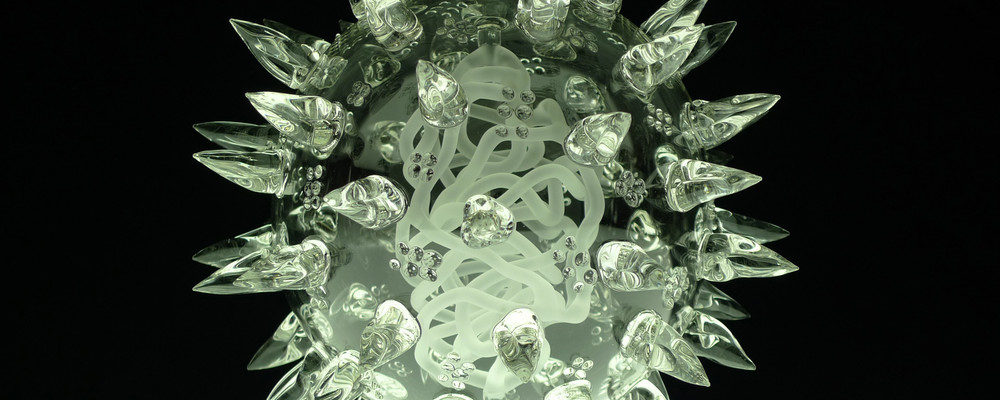
Bio-Design Challenge Unlocks Great Potential
As you know, I'm locked into a constant quest for the next big new textile. Innovation is the key to moving forward, particularly when it comes to sustainability, that’s why it comes as no surprise that many fibre producers have been keeping a close watch on the first Bio-Design Challenge - and for good reason. The results were recently released, and they are every bit as impressive as anticipated. On June 23, 2016, the top groups presented their ideas at the Museum of Modern Art in New York City.
What Is It?
The Bio-Design Challenge aims to stimulate collaboration between art and science. During the challenge, art and design students work alongside scientists and other experts. The goal? Pushing the envelope of what is expected, and more specifically, they are tasked with solving a current social problem using bioengineering.
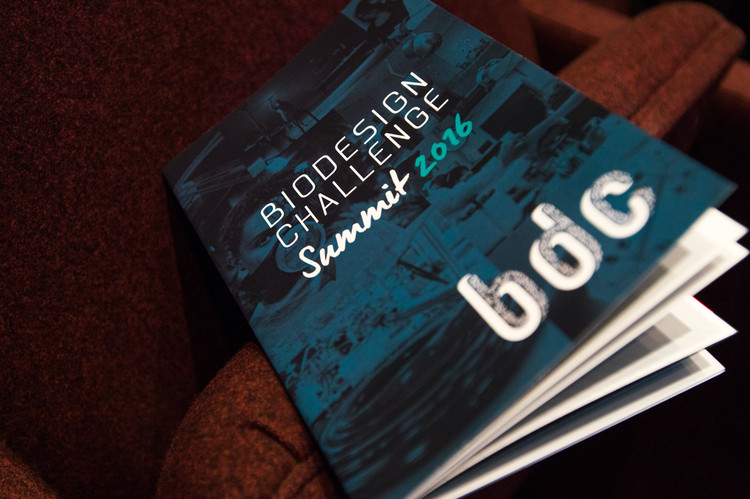
During the process, the participants explore the potential of biotechnology, developing fresh and unique ideas. The entire challenge is based on the concept that artists and designers have a totally unique perspective; their fresh eyes and exciting ideas have the potential to unveil new ways to utilise bioengineering technology. They also offer a refreshing look at the cultural and environmental implications of each choice. Working alongside experts from the field, they unlock the limitless possibilities of bioengineering to solve problems, better the world and lighten the strain placed on our ecosystem by the manufacturing industries.
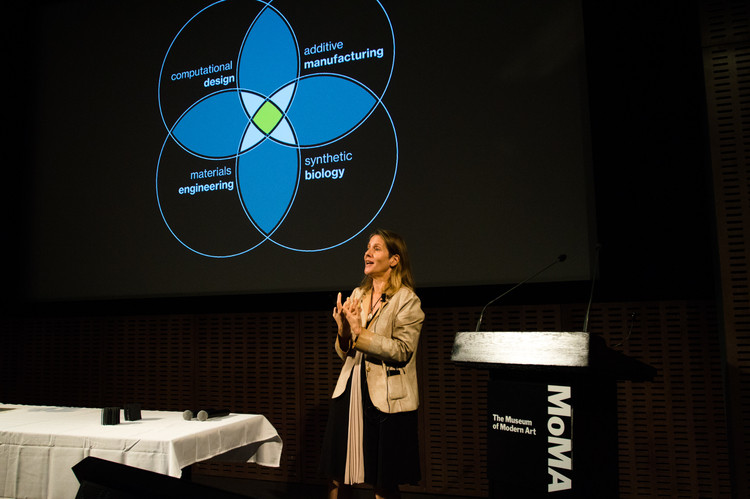
The #Bio-Design Challenge..what happens when #nature and #creativity collide #eco #fashion

Why Is The Bio-Design Challenge Exciting For Textiles?
Bioengineering is a huge buzzword in the textile industry, thanks to innovations like this beautiful fungi fabric featured in one of my recent posts. Student groups participating in the challenge have created fibres unlike anything you have ever seen before, and from sources that you never would have imagined.
The potential of this type of experimentation is incredible. The textile industry runs on fibres and, as such, developers go wild any time something new is released. Bioengineering opens the door to a whole host of new fibres from unexpected sources. It also has the potential to make the industry far more sustainable by discovering new ways to unlock the benefits of existing renewable resources.
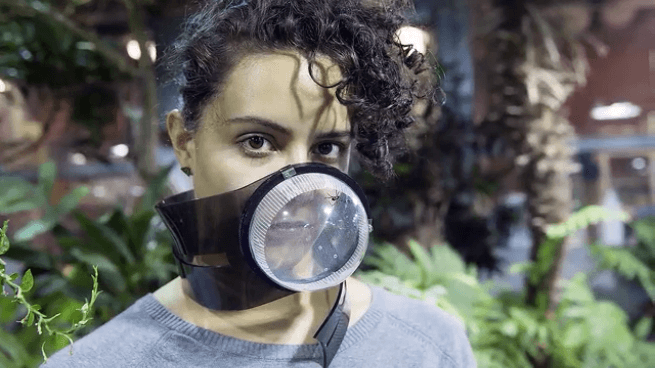
Being designers and artists at heart, it’s no surprise that some groups focused their attention on bioengineering new wearable fibres. What is surprising however, is the sources they chose: slime, mould, silkworms, lichen, and even cacti (we have explored cactus fabric already, don't forget). One group from the University Of Pennsylvania harvested fibres from spiders silk (again, a fabric we've previously explored), which they fashioned into a couture, air-purifying mask for filtering particles from the air. Another project from the Maryland Institute College of Art group aimed to produce a biomaterials starter kit, which gives the user the tools to start experimenting with things like bioplastic, mycelium and silk proteins.
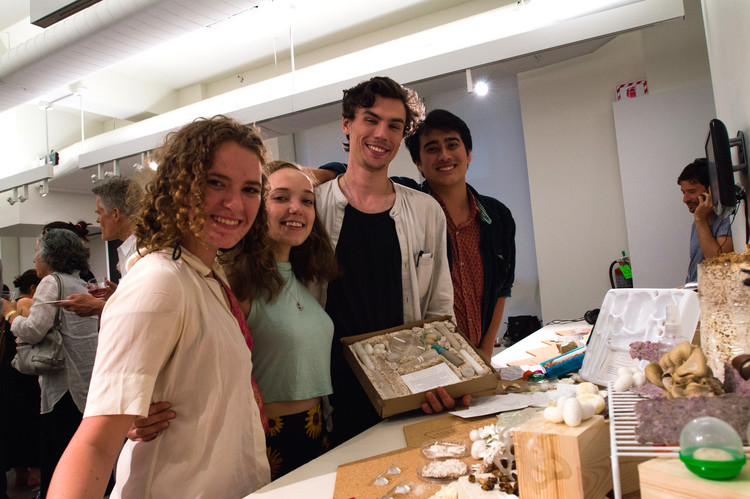
#Exciting new #sustainable thinking from the #Bio-Design Challenge #eco #fashion

The winning project was by fashion design students at the Fashion Institute of Technology, who created an amazing material out of algae and fungus that can be 3D printed to produce yarn then can be woven into a fabric. The fibre they produced is extremely durable and completely biodegradable and was developed as a direct response to the vast amount of waste created by fast fashion.
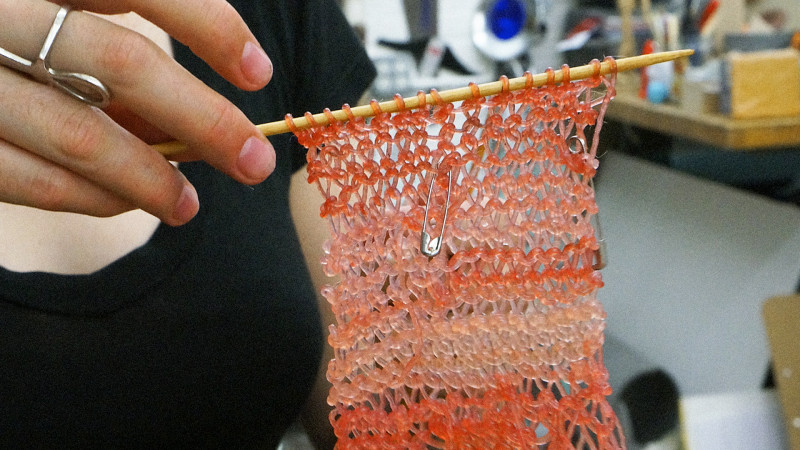
This type of bioengineering has the potential to reduce the need for wide scale cultivation of crops like cotton or even more eco-friendly tea. As a result, it could lessen the burden on already overstretched water supplies, and may lead the way to cleaner manufacturing processes and less industrial waste, which could be a great step in the right direction towards greater overall sustainability for the fashion and textiles industries.
Wrapping Up The Report
Bioengineering is continuing to grow rapidly with exciting advances just beyond the horizon. As interesting as it is to consider potential sources for new fibres, it is even more fun to envision the resulting fabrics with unheard of textures or qualities. This year’s results are impressive—the very definition of ingenuity. I am curious to see future developments with the expected continuation of the Bio-Design Challenge in years to come.
Nonetheless, as noted by Ellen D. Jorgensen, Ph.D. of Genspace, it’s a frontier that must be explored not just thoroughly, but also "thoughtfully and ethically". After all, we can’t forget that bioengineering borrows its materials from living things. One thing is for sure though, the Bio-Design Challenge certainly presents lots of new and exciting ideas for textile connoisseurs and business owners to consider.
For all the latest news and announcements and make sure you sign up for our newsletters!
And please do share our article (you can use our very handy tweet buttons throughout).
Taking cues from #nature for new ideas of #sustainability - The #Bio-Design Challenge #eco #fashion

The #Bio-Design Challenge-what #nature can teach us about #sustainability!! #eco #fashion

